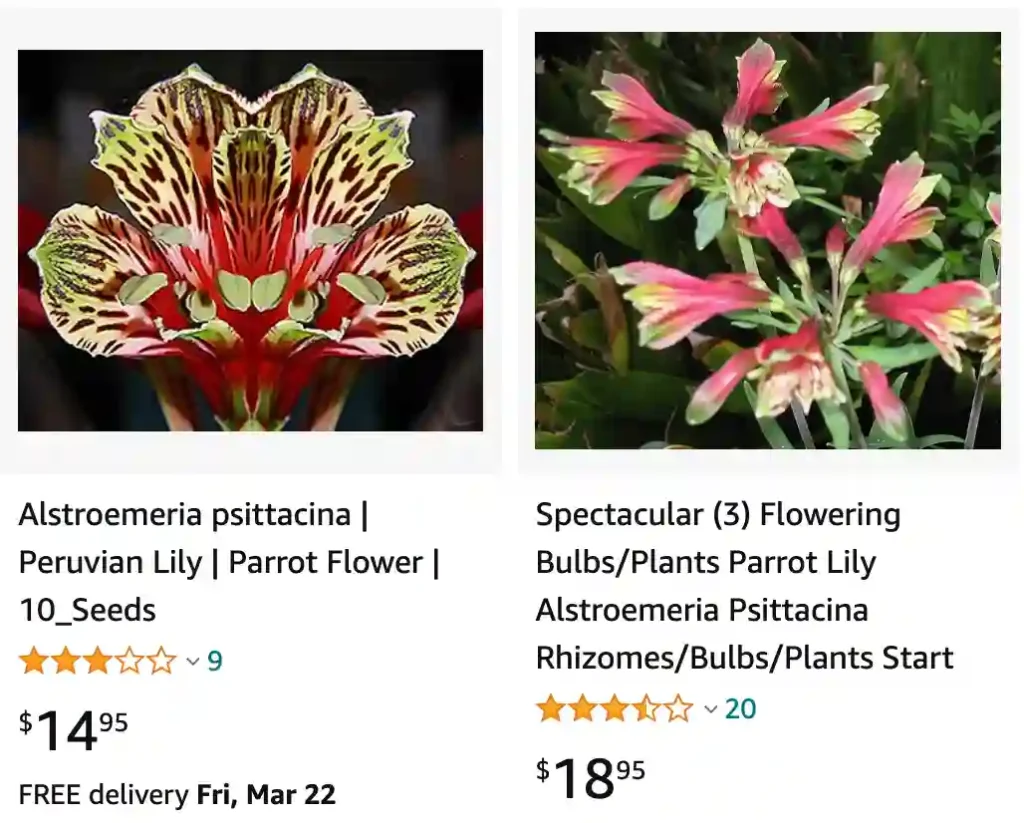
All About Alstroemeria Psittacina: The Parrot Lily’s Perch in Your Garden
I’m Ferb Vu, and I have a passion for vibrant flowers that add a touch of the exotic. One such flower that never fails to impress is the Alstroemeria psittacina, also known as the parrot lily.
This stunning perennial boasts unique, vibrantly colored blooms that resemble a parrot’s feathers, hence the name. But the allure of the Alstroemeria psittacina goes beyond its beauty. It’s a relatively low-maintenance plant that thrives in temperate climates, making it a popular choice for gardeners like myself.
Intrigued by this captivating flower? Let’s delve into the world of Alstroemeria psittacina and answer some of the most common questions gardeners have:
What is Alstroemeria Psittacina?
The Alstroemeria psittacina is a tuberous perennial herb native to the cerrado and pantanal vegetation zones of Brazil and Argentina. It belongs to the Alstroemeriaceae family, closely related to lilies and Inca lilies.
This captivating plant features:
- Showy blooms: The most striking aspect of the Alstroemeria psittacina is its flowers. They come in shades of red to reddish-purple, often adorned with brownish spots and bright green tips, resembling a parrot’s plumage. These trumpet-shaped flowers grow in clusters of 3-8, adding a burst of color to your garden.
- Bushy foliage: The Alstroemeria psittacina grows in bushy clumps with erect, leafy stems. The leaves themselves are a vibrant green with mauve speckles, adding to the overall visual appeal of the plant.
- Underground tubers: Unlike true lilies with bulbs, the Alstroemeria psittacina stores energy in underground tubers. These tubers allow the plant to survive colder temperatures and facilitate propagation.
How to Care for Alstroemeria Psittacina?
The Alstroemeria psittacina is a relatively easy-to-care-for plant, making it ideal for beginner gardeners. Here’s what you need to know:
- Sunlight: While it can tolerate partial shade, the Alstroemeria psittacina thrives in full sun. Aim for at least 6-8 hours of direct sunlight daily for optimal flowering.
- Soil: Well-drained, moist soil is key for this plant. Amend your soil with compost or organic matter to ensure proper drainage.
- Watering: Water your Alstroemeria psittacina regularly, especially during hot and dry periods. Aim to keep the soil consistently moist but not soggy.
- Fertilizer: A balanced fertilizer applied during the growing season can encourage vibrant blooms.
- Temperature: The Alstroemeria psittacina prefers cool to moderate temperatures. It can tolerate some frost, but it’s best to mulch the tubers in colder climates for winter protection.
How to Propagate Alstroemeria Psittacina?
There are two main ways to propagate Alstroemeria psittacina:
- Division: During the dormant season (usually fall or spring), carefully dig up the mature clumps and divide them using a sharp knife. Each division should have a healthy section of the tuber and some foliage. Replant the divisions in separate locations and water them regularly.
- Seeds: While less common, you can also propagate Alstroemeria psittacina from seeds. However, germination can be slow and take several weeks. Sow seeds indoors in a well-draining potting mix and provide them with warmth and light. Once seedlings establish, transplant them outdoors when the risk of frost has passed.
What to Plant with Alstroemeria Psittacina?
The Alstroemeria psittacina’s vibrant blooms can be a showstopper in your garden. Here are some companion plants that complement it beautifully:
- Salvia: The purple or blue hues of Salvia flowers create a stunning contrast with the red tones of the Alstroemeria psittacina.
- Yarrow: Yarrow’s flat, daisy-like blooms in yellow or white add a touch of whimsy to the parrot lily’s flamboyant style.
- Daylilies: Daylilies come in a wide variety of colors and bloom times, extending the season of interest in your garden alongside the Alstroemeria psittacina.
- Grasses: Ornamental grasses provide a textural contrast to the Alstroemeria psittacina’s soft foliage, adding a touch of movement to the garden bed.
Conclusion
The Alstroemeria psittacina, with its captivating parrot-like blooms and easy-going nature, is a true gem for any garden. With proper care and planning, you can enjoy these vibrant flowers for seasons to come.




